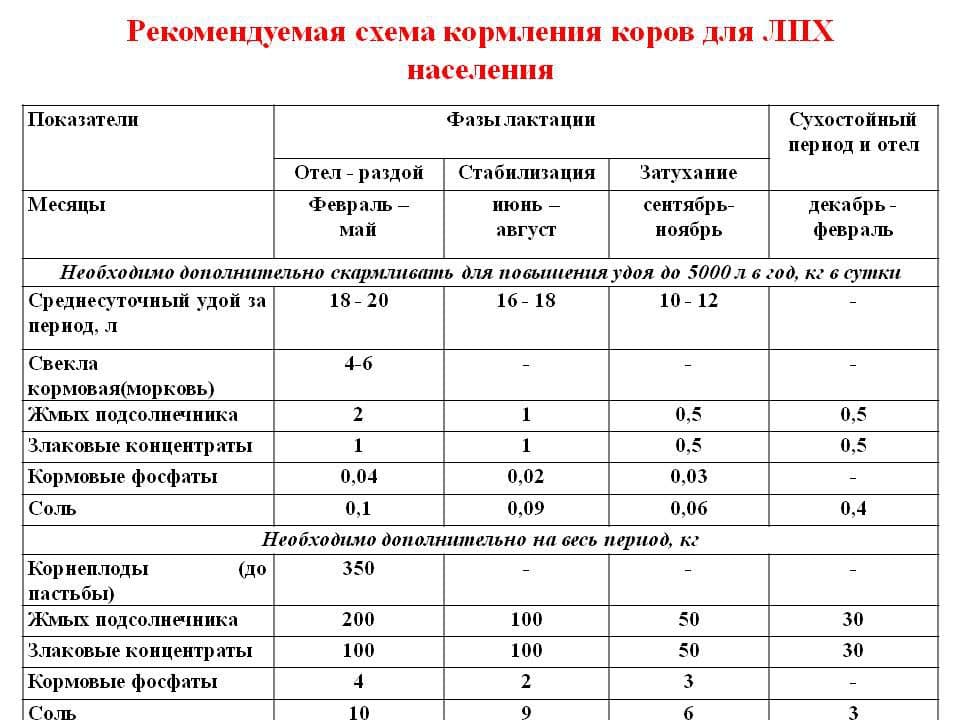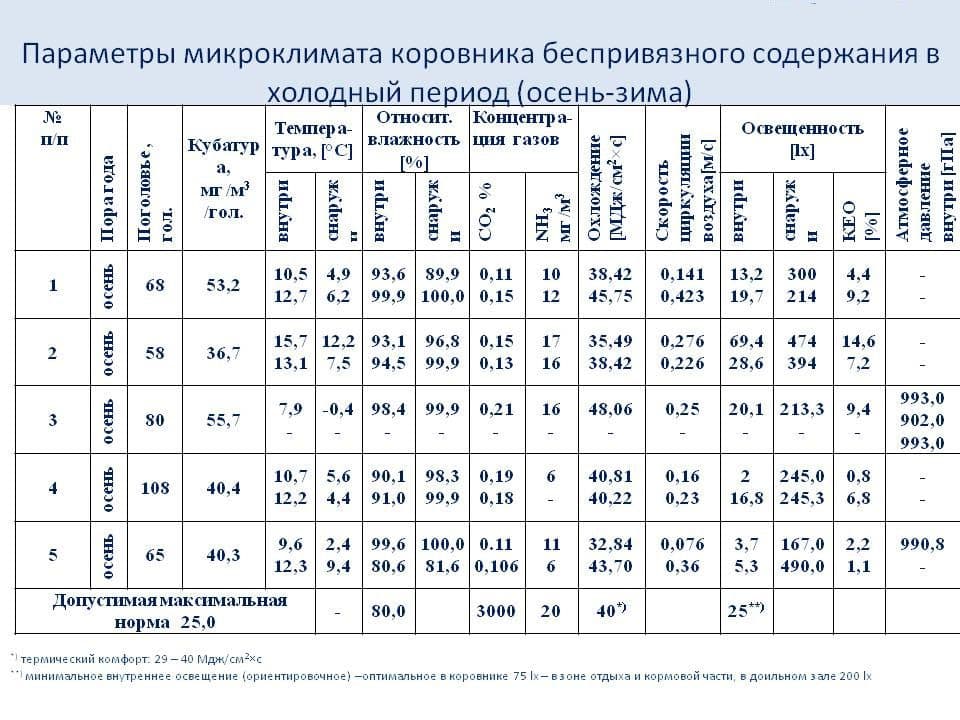All about keeping cows at home for beginners
Breeding and keeping cows for beginners at home and in production have different requirements. Various care and feeding methods are also used, which is also important to consider when opening a farm. The entire structure of the household must include the making and equipping of cowsheds, the preparation of fodder, the selection and purchase of livestock. But in order for the farm to function properly and bring maximum income, it is important to carry out all the necessary measures to care for the animals. In the process, you will need to take into account some norms, rules and recommendations. All these nuances will be discussed in this article.
Features of maintenance in a personal household
When building a farm, it is important for each farmer to choose the main direction of activity.
How to choose productivity
The type of productivity of the cow is the direction that the breeder will need to choose. It all depends on what products need to be obtained in the production process. In the case when a good milk yield is important, you should opt for a dairy breed. Representatives of the varieties have a relatively small body mass (up to six hundred kilograms of a cow and up to nine hundred - bulls), but with good feeding they can produce up to ten tons of milk per year or more.
Meat breeds give enough milk to feed the calves. However, dairy products are often not enough for the breeder to consume. At the same time, the animals show excellent meat performance characteristics. Cows of such breeds weigh up to eight hundred kilograms, bulls - up to one and a half tons. There are varieties that give elite marble varieties of meat, which is an additional plus.
Breeds of milk productivity
Among the most productive and popular dairy breeds:
- . The average productivity is four to five tons of milk with a fat content of four percent per year. It is considered one of the most high-yielding, is the ancestor of many other varieties of the same direction.
- . The average productivity is three to four tons of milk per year. Widespread in the territory of the CIS countries.
- . The average milk yield is six tons of milk per year, cases of up to twelve tons are known. The breed is common in many regions of Russia and adapts well to any climatic conditions.
- . With good feeding, cows are able to produce up to six to seven tons of milk per year. The breed is one of the oldest that have survived to this day.
Representatives of dairy breeds give mainly milk, but it is also possible to get meat from them, but in smaller quantities. The meat products of such animals have a lower fat content.
Meat breeds
The best meat breeds give juicy and tasty meat with a slaughter yield of at least sixty percent from the carcass. Among the most productive:
- Aberdeen Angus. Read about the Aberdeen Angus cow breed. The mass of an adult cow reaches seven hundred kilograms, bulls - one ton. They have precocity and a wild disposition.
- . Females of the breed have a mass of more than six hundred kilograms, males - up to one and a half tons. Animals have excellent immunity and endurance, unpretentiousness. The breed is distributed throughout Russia.
- Aquitaine. The mass of cows reaches nine hundred kilograms, bulls - one and a half tons. The animals have well-developed muscles, the slaughter yield is more than sixty-five percent.
- Kazakh white-headed. The weight of cows is up to six centners, bulls - up to a ton. The breed is hardy and unpretentious in feeding and maintenance, it is widespread in Russia. Lethal yield - up to sixty-five percent. Read about the Kazakh white-headed breed of cattle.
Most often, for home keeping, breeders choose the stall-pasture method, which involves summer grazing of cows. In winter, cattle are kept in barns on autonomous feeding.
barn
The presence of a well-maintained premises is one of the conditions for successful animal husbandry. As a cowshed, it is enough to equip a wooden shed, in which you will need to insulate the walls, floor and roof, as well as install ventilation. It is important to make the floor at an angle for more convenient cleaning and hygiene procedures. It can be made earth or wood. Inside it is necessary to install wooden trough-shaped feeders and drinkers. Containers must contain at least twenty kilograms of feed for each head.
Terms
The most important conditions for keeping cows are clean, dry and warm barns. The recommended air temperature in winter is at least ten degrees Celsius (for calves it should be higher). If necessary, a heating system can be installed to maintain it. Cleaning in barns and walking areas should be done daily, replacing bedding (straw or sawdust). Cleaning and washing is also important to expose the feeders.
Care
Proper care is important to improve the productivity and health of individuals in the household.
The choice and influence of proper nutrition
Between April and the end of November, cows and bulls feed on their own on pastures, where they also receive enough water. As complementary foods to improve productivity, seasonal vegetables and potato peelings, gourds, as well as two hundred grams of feed for cattle per head can be introduced into the daily diet. For the winter, livestock needs hay and silage. A large animal eats up to twenty kilograms per day, medium-sized and medium-sized - up to fifteen. The diet is also recommended to be enriched with root crops, cutting them into small pieces, fodder pumpkin, combined feed. It is also possible to introduce porridge from steamed cake into the menu. Water must be given in abundance. It is desirable that she is always in the drinkers.
Read about the diet of cattle feeding.
A mandatory food supplement should be table salt in briquettes. It will need to be purchased at a specialized store and installed directly in the barn in the public domain. 
The grazing period of cows can change the upper and lower limits depending on the region and climatic conditions.
Prevention of diseases of cows (including undersized and Holstein-Friesian)
An important preventive measure in the fight against common diseases is vaccination, which must be carried out from the age of two months. You will need to be vaccinated against pasteurellosis, brucellosis, foot and mouth disease, anthrax and rabies. To prevent many diseases, it is necessary to vaccinate cows in a timely manner.
In order to prevent the occurrence and development of infectious diseases, it is also important to keep the barns clean and dry. Once a week, it is desirable to treat the premises with slaked lime or caustic soda. In addition, it is important to prevent contact between livestock and wild animals and rodents.
The health and well-being of cows must be systematically monitored. In case of lethargy, refusal to eat, discharge from the nose and eyes, it is necessary to call a veterinarian.
Sanitary and veterinary standards for cattle
In addition to a constant comfortable temperature (not lower than ten degrees Celsius), it is recommended to maintain a relative humidity of at least forty percent and no more than eighty. In addition, it is important to pay attention to the fact that for each individual an area of \u200b\u200bat least four square meters must be allocated.
Young animals are recommended to be kept separately from adult animals. Infected and recovering individuals must be quarantined. 
The specifics of building a farm for profit (build a barn, create an optimal indoor climate, raise a thoroughbred calf, how to keep and graze at home, income)
- varieties of livestock for dairy and meat products, what are their differences and advantages;
- features of growing livestock of the selected breed;
- nuances of content in different seasons and seasons;
- sales and marketing opportunities for dairy and meat products.
The farmer will need to draw up a business plan, which will include:
- initial costs, start-up capital;
- fixed and variable costs;
- possible profit from the sale.
Based on the calculations, it is possible to assess the real opportunities from farming.
Important features of starting a business are the need for documentation and compliance with production standards.
Video
In the video, we will be told about keeping a cow in the village. Stall size, watering, feeding, tying and cleaning.
conclusions
- The maintenance of cows in the household is within the power of both beginners and experienced breeders. In order to achieve maximum productivity indicators, it is necessary to choose the right breed, provide (build a barn according to the model, make an optimal microclimate) conditions of detention and grow.
- A sufficient condition for obtaining income from the cultivation of thoroughbred or ordinary livestock is the provision of hygiene standards and the impact of quality feeding.
- From a personal home farm, it is possible to receive a good income not only in the form of meat and milk, but also as a profit from the sale of these products and the sale of young animals by weight (Low-growing breeds, Holstein-Friesian, for example).
Read about breeding cows for business.
